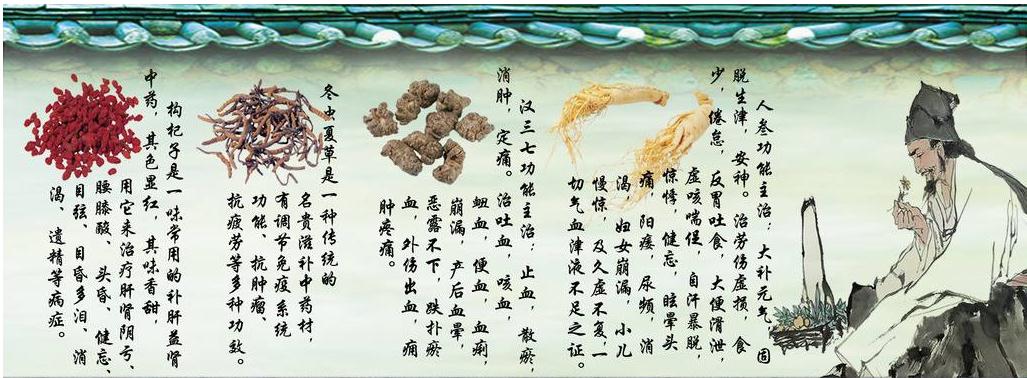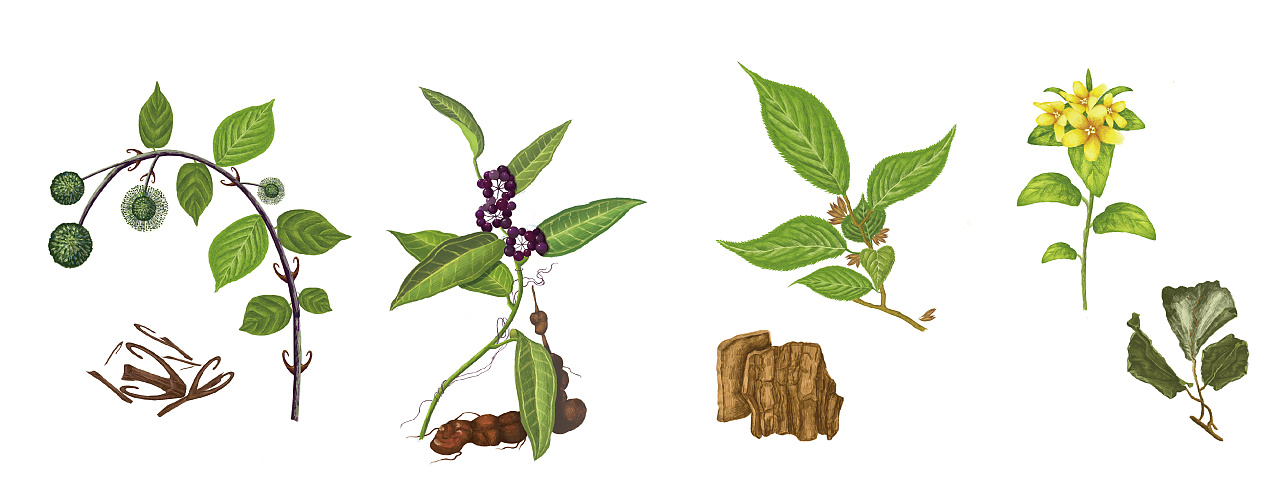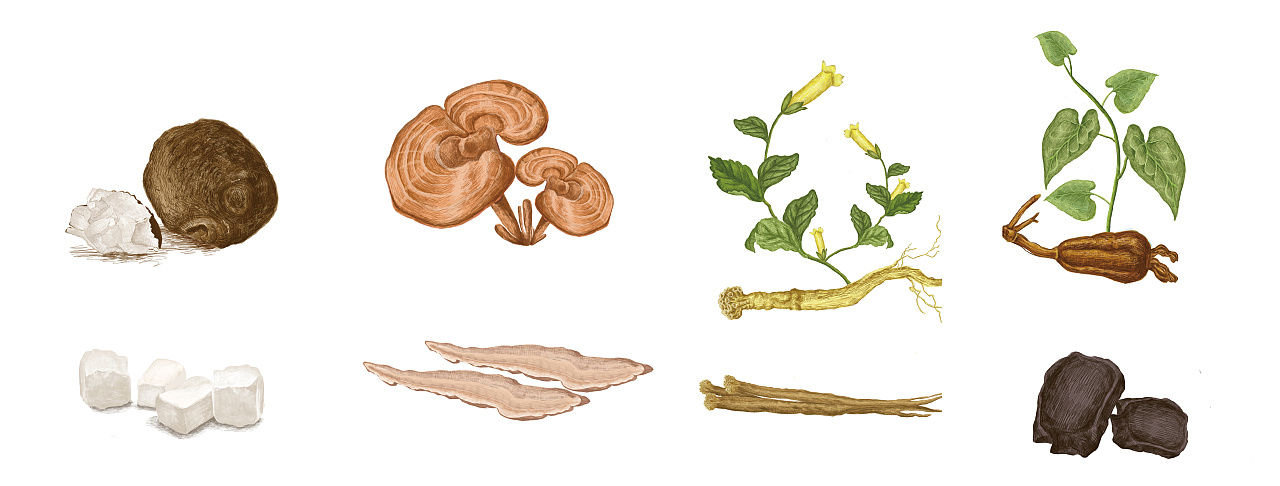Second, nursery method
1. Before sowing, first use plant ash or calcium magnesium phosphate for seed dressing and rub it thoroughly by hand to remove the glial filamentous film on the surface of seeds to increase the germination rate. The sowing time was better in December of that year (timely seeding, timely treatment, timely sowing).
2, choose convenient transportation, convenient drainage and irrigation, deep soil rotation seedlings nursery, if the use of vegetables to do seedbeds, need to use carbendazim and pesticides for soil disinfection, alum height 15-20 cm, width 1-1.3 meters .
3. The sowing amount per acre is generally 8-10 kg. After sowing, cover soil 1.5-2 cm, and drench.
4, artificial shade dwarf shed method, with straw tied into a row of straw or plastic film plus shading net shading, keeping the seedbed arbor at about 60%.
5. Do a good job of watering, weeding and thinning.
Third, the grassland should be chosen for shading, dampness, coolness and loose soil. It should be planted under broad-leaved forests with a shade of 60-70%, and it should be planted in mountain depressions with constant flow. The elevation of 1200-1800 meters is appropriate.
IV. Transplanting of transplanted grasses and fruits can be carried out by transplanting seedlings and planting in separate plants, of which transplanting seedlings is common.
1. Breeding: In the winter and spring season, select upright stalks that are robust and full of leaf buds, cut obliquely at a distance of 40 cm from the ground, and use a machete or hoe to cut out 20-40 cm long rhizomes. The original direction of leaf growth was transplanted. The results of early propagation of the trifoliate plants are quick and effective, but they are difficult to transport seedlings, they are labor-intensive, and their survival rate is low.
2. Seedling transplanting: after one year of cultivation on the seedbed, the seedlings can be transplanted as high as 30 centimeters or more. Seasonal order is June-July, and it is selected to be transplanted on rainy days. At this time, sufficient rainfall, high soil moisture, and survival The rate is high. Pit pond specifications: 0.50.50.3 meters. Plant spacing is generally 1.5 meters 1.5 meters or 2 meters 2 meters, planted 160-300 ponds per acre, each pond 2-3 seedlings.
V. Field Management:
1. Management at a young age (within 3 years after transplanting):
(1) Check seedlings to make up for shortages. Dead seedlings and lack of ponds were found to be replanted in a timely manner.
(2) Prevent trampling of livestock. Ditches should be built around the orchard or fenced with trees to prevent livestock from entering.
(3) Weeding and weeding. Young plants of grasses and fruit are sensitive to herbicides and are best to use artificial weeding. They are conducted once a year in summer and winter, and combined with 5 kg of urea plus 10 kg of calcium sulfate per acre for pond application. Cleared weeds should be laid around the plants to allow them to rot and increase fertility.
2. Management of mature age (after 3 years of colonization) (1) Weeding and cutting old plants. Each year, weeding and weeding are performed once a year in summer and winter. When weeding in winter, the old plants with fruiting knots are cut off, and weeds and old plants are planted around the plants to increase fertility.
(2) Dressing. In order to achieve high yield and stable yield of grass fruit, a top-dressing fertilizer should be carried out after fruit collection in winter each year to provide sufficient nutrients for the development of leaf buds in the following year. Fertilizer can be applied by ring-drilling and fertilization, and wood piles can be used at a distance of 10 cm from the root tip. To make a hole, apply 20-25 kg of compound fertilizer or 5 kg of urea, 10 kg of calcium sulphate, and 10 kg of potassium fertilizer per acre to the hole, and close the hole with a foot pedal. The second time of topdressing is in the initial flowering period in March of the following year, with 20 kg of compound fertilizer or 5 kg of urea + 10 kg of superphosphate + 1 kg of borax per hole to chase and apply.
(3) earth. In the winter weeding, if it is found that the roots of the fibrous roots need to be exposed to earth (which can be combined with the first topdressing), a small amount of basal soil is cultivated at the fibrous roots, which not only protects the root system, but also increases nutrients. Note that after the flowering should not be earth, so as not to injure the bud.
(4) Do a good job of drainage and irrigation work. In the dry winter season, water should be used for irrigation. The water in the rainy season should be drained and drained to prevent waterlogging from causing flowers and fruit rot.
(5) Adjust the shade degree. The shading degree of mature fruit is generally controlled between 50% and 60%. If the shading is too large, the shading tree should be pruned or thinned. If the shading degree is not enough, it is necessary to replant the species, such as camphor tree, southwestern birch, etc. Fast-growing broad-leaved trees gradually reach the shade level required for grasses.
Sixth, disease and pest control
1, grass disease prevention and treatment. Flower rot, fruit rot: Spray with 1:1:100 Bordeaux mixture or 50% carbendazim 1000 times before flowering. Leaf spot: spray with 600 times 50% carbendazim or 800 times 50% thiophanate-methyl. Rhizoctonia: The diseased plants were found to be deeply buried, and lime powder was sterilized in the surrounding area. At the same time, 65% zeinzin 600 times liquid was sprayed on the wards, sprayed once every 7 days, and sprayed 2-3 times.
2, pest control. The control of earthworms was carried out by killing lime in the places where they came in and out; the borers used kung fu for spray control.
3, rodent control. Rat pests are controlled by rodents traps, mouse traps or enemy rat salt baits.
VII. Measures for Increasing the Fruit Setting Rate of Sitting Flowers
1. Use 50 kg of borax 100 grams per acre for foliar spray before flowering.
2. Spray 200 times of honey or sugar solution during flowering to induce insect activity to pollinate.
3. To promote the development of beekeeping around the grass orchards, both of which complement each other and achieve both fruit and honey harvests.
Eighth, harvesting and processing of grass and fruit generally reach the ripening period from late November to early December. At this point the fruit changed from bright red to purple red, the surface of the kernel was grayish white, and the chewing had a strong spicy taste, so that the grass can be harvested. When harvesting, the whole ear is cut off with a guillotine, and then the fruit is torn off from the ear by hand (with a small section of fruit handle) and dried in time. The old fruit and straw can be used as raw materials for extracting aromatic oils or compiling handicrafts, and has broad prospects for development and application.
Chinese Herbal Medicine (English name: Chinese herbal medicine): Chinese medicine is mainly composed of botanical medicine (root, stem, leaf, fruit), animal medicine (viscera, skin, bone, organs, etc.) and mineral medicine. Because botanical medicine accounts for the majority of Chinese medicine, Chinese medicine is also called Chinese herbal medicine.
There are about 5,000 kinds of Chinese medicines used in various parts of China, and there are countless prescriptions made by combining various medicinal materials. After thousands of years of research, an independent science, Materia Medica, has been formed. Various medical schools in China have set up the course of natural medicine, which is called the Chinese herbal medicine.
The concept of plant extracts can be accepted and recognized by various countries, and it is also a common expression used to spread herbal medicines in various countries. The export value of plant extracts in China exceeded the export value of Chinese patent medicines as early as 1999. In European and American countries, plant extracts and their products (plant medicines or food supplements) have a broad market prospect, and have developed into an emerging industry with annual sales of nearly 8 billion US dollars.
The plant extracts in China are generally intermediate products, which are widely used, mainly used as raw materials or auxiliary materials for medicines, health foods, tobacco, cosmetics, etc. There are also many kinds of raw material plants used for extraction, and there are more than 300 plant varieties that are extracted industrially.





Chinese Herbal Medicine
China Herb,Best Chinese Herbs,Chinese Healing Herbs,Chinese Herbal Medicine
Guangzhou Zhongzhinan Supply Chain Co.,Ltd. , https://www.gzzhongzhinan.com